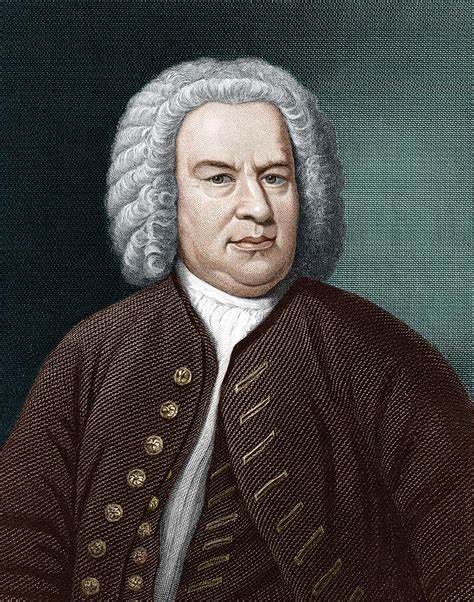
Johann Sebastian Bach is one of the most influential composers in Western classical music, and his works have inspired countless musicians and composers across generations. For beginners interested in exploring his music, understanding the structure and theory behind a fugal composition is an excellent starting point.
A fuge, or fugue, is a specific type of musical composition characterized by its contrapuntal style, where two or more voices or parts interweave to create a rich tapestry of sound. The term "fugue" comes from the Latin word "fuga," meaning "flight," reflecting the way musical ideas are developed and transformed throughout the piece.
A typical fugue consists of several key components:
Exposition: This is where the main theme, or subject, is introduced. The subject is often stated in one voice and then imitated by other voices in succession. Each voice enters at different times, creating a layered effect.
Development: After the exposition, the fugue enters the development section, where the subject is explored and manipulated. This can involve variations, inversions (flipping the melody upside down), and transpositions (changing the key). The composer may introduce new themes or motives during this section.
Recapitulation: In this final section, the composer often returns to the original subject, bringing back familiar material. This section can include further development and combination of themes, culminating in a satisfying conclusion.
Counterpoint: The art of combining different melodic lines is known as counterpoint. In a fugue, each voice operates independently while still harmonizing with the others. Bach was a master of counterpoint, and his fugal writing showcases intricate interactions between voices.
Imitation: A key characteristic of the fugue is imitation, where a musical idea is repeated in different voices. This technique not only creates unity within the piece but also allows for varied interpretations of the same material, showcasing the composer’s creativity.
Harmony: Understanding harmony is essential for grasping the structure of a fugue. Bach frequently employs modal harmonies, chromaticism, and dissonance to add emotional depth and complexity. Recognizing these harmonic movements helps listeners appreciate the richness of Bach's music.
Rhythm and Meter: Fugues often exhibit rhythmic diversity, with varying note values and accents. The interplay between rhythmic patterns in different voices contributes to the overall texture and drive of the composition.
Studying Bach's fugues can deepen your understanding of music theory and composition. They are excellent examples of how complex ideas can be organized into coherent and expressive works. Learning about the structure and techniques used in fugues can also enhance your playing and appreciation of music, providing valuable insights into the art of composition.
If you're new to Bach and fugues, consider listening to some of his most famous fugues, such as those found in The Well-Tempered Clavier. As you listen, pay attention to how the subject is introduced and developed, and try to identify the different voices interacting with one another.
As you explore Bach’s music, remember that it’s not just about technical mastery; it’s also about conveying emotion and storytelling through sound. Embrace the journey of discovering Bach's works, and let the beauty of his fugues inspire your musical growth!

LEAVE A REPLY